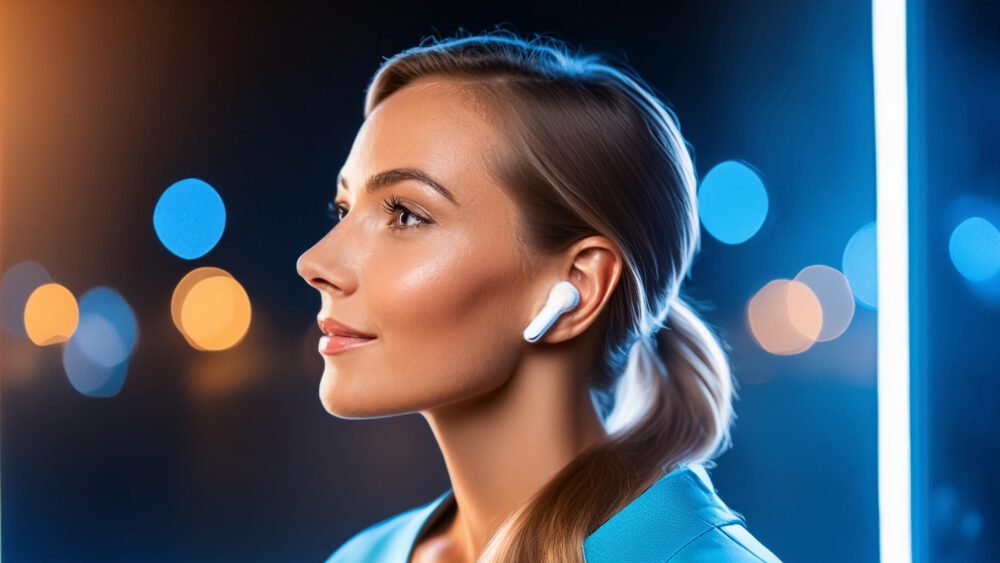
Hearables with Spatial Audio – and more smart Earbuds Technology
Content
More and more people are walking around with these futuristic earplugs. What is that even all about? Many will be familiar with the term earbuds. But that’s just one type of these devices called hearables, as we’ll see later.
It’s a play on words from “hear” and “wearables”. The latter is also a new term for wearable smart devices. Such as the Apple Watch for instance. And smart is also the buzzword for hearables: The devices, which are therefore also called smart headphones, are equipped with increasingly sophisticated functions. The applications are versatile and range from entertainment to healthcare. They are also often referred to as True Wireless Stereo (TWS) wearables.
As the number of best practises increases, so does the target group. It’s no surprise that the world-famous business magazine Forbes is predicting an increase in sales of the devices. They are already generating strong revenues anyways. We will see how great the demand will be, but the potential of these devices is great due to the aforementioned variety of use cases.
Find out which applications and devices are already available in the following article. Because this is what the future sounds like with hearables.
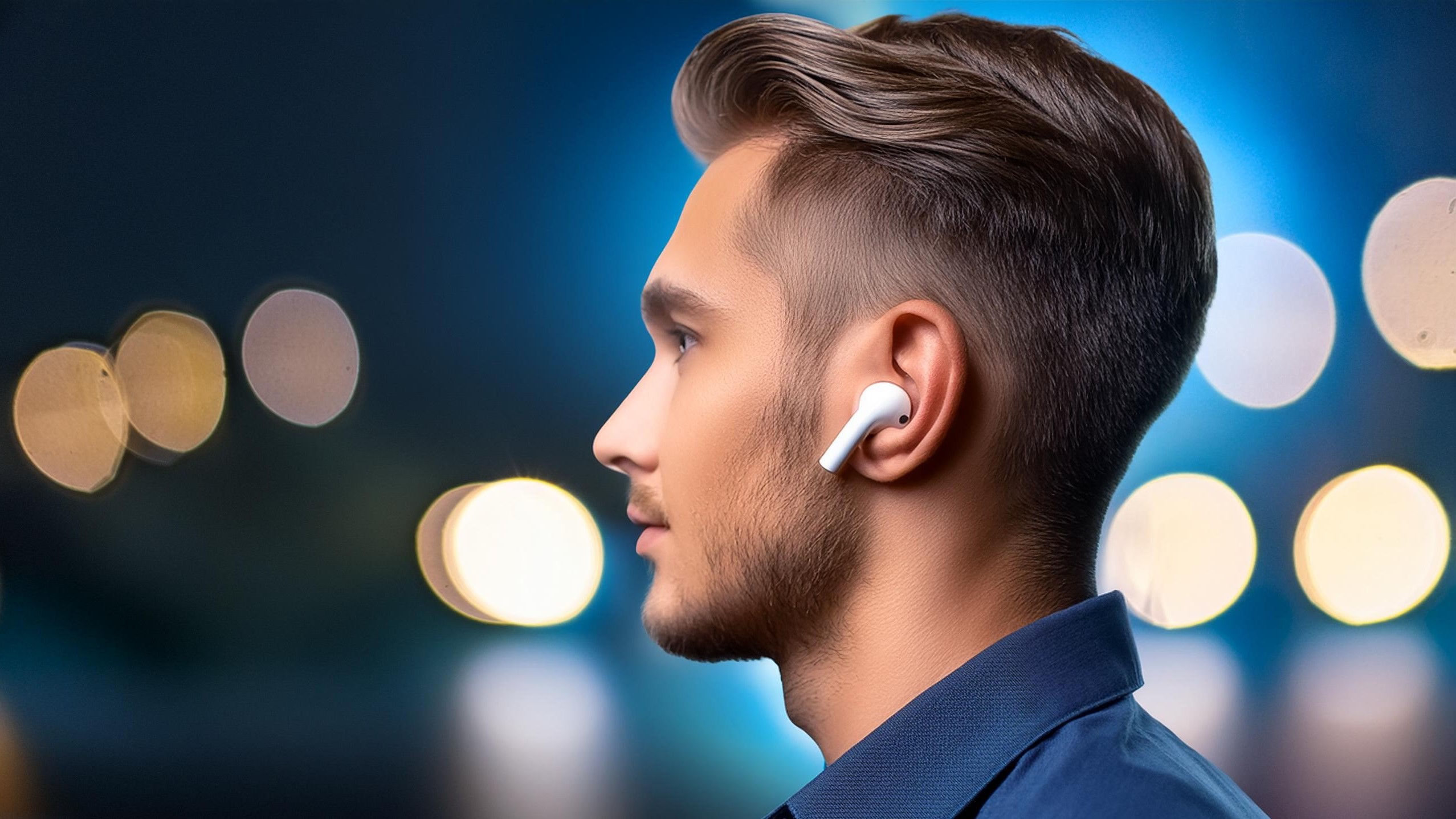
Diverse Use-cases and Technologies
Basically, these Bluetooth headphones are characterized by their sound, their practical use and the predominantly intuitive operation. Therefore, earbuds and co. can also be used in a variety of ways. James Hayward, a researcher in the field of wearables, categorizes Hearables into headphones, i.e. consumer audio, hearing aids, and biometric tracking.
Thus, one could break down and divide the devices into the cross-cutting themes of entertainment and health. However, hearables are also useful in terms of logistics. For example in warehouses, but we’ll get to that in a moment.
Entertainment
At present, the entertainment sector is still the main field of application for hearables. Earbuds like the Apple AirPods Pro or the Samsung Galaxy Buds Pro are strong representatives here. You can read more about these in-ears here. The most important areas of application in the entertainment sector of hearables are presented below. However, this is no guarantee of completeness. Especially since these areas cannot be strictly divided into entertainment or health, and there are many overlaps in this topic.
What is the added value for streaming?
Music streaming is probably the most widely used application of the hearables. The newer generations of earbuds, such as the Apple Airpods, offer the possibility of playing spatial audio and lossless audio. So high quality audio, also as 3D sound. With additional head tracking, an unrestricted immersive audio experience can be offered. If you want to get more information about streaming, click here. After all, movie watching is also becoming more and more interesting. The cinema feeling is even possible via the small earbuds.

How can Hearbles be used for Augmented Reality?
AR is one of these examples that can be used in healthcare, entertainment, and logistics. Many hearables have built-in motion sensors and microphones. This enables head tracking and noise cancelling – two important features for augmented reality. Which is also labeled AAR (Augmented Audio Reality).
As mentioned, there are many possible applications here: games such as Pokemon Go which is not so interesting regarding sound. But navigation assistance, like logistics in warehouses is for sure. In addition, it really makes sense to focus more on auditory stimuli than on visual stimuli in certain areas:
One important benefit of placing the entire interaction unit in-ear and addressing users purely through acoustic signals is the lower grade of overall distraction compared to vision based augmented reality tools or wearables with tactile signal. – Wikipedia
How can Spatial Audio be used here?
Spatial 3D audio can also be beneficial in so many different ways that the entertainment sector can only reflect a part of the possibilities. In terms of hearables, the devices with motion sensors already mentioned are particularly interesting. Only through head tracking can spatial audio applications really come into their own. You can find out what is already on the market in this regard here.
So you can think of these applications as a new generation of navigation devices. Not only do you hear the announcement “please go left” but you also hear the announcer from this direction. So that I don’t have to wonder any longer: “Err, so which left is it?!”.
We humans hear the sound from all directions. Each sound source, such as a conversation partner, is always perceived as equally loud. Even if we turn away from the sound source. However, microphones can use the so-called directional characterization. Like that the sound is not picked up equally loud from all directions in a spherical shape. This could be used, for example, to make sound louder from the front, i.e. where you are looking. A bit like having binoculars – for the ears.
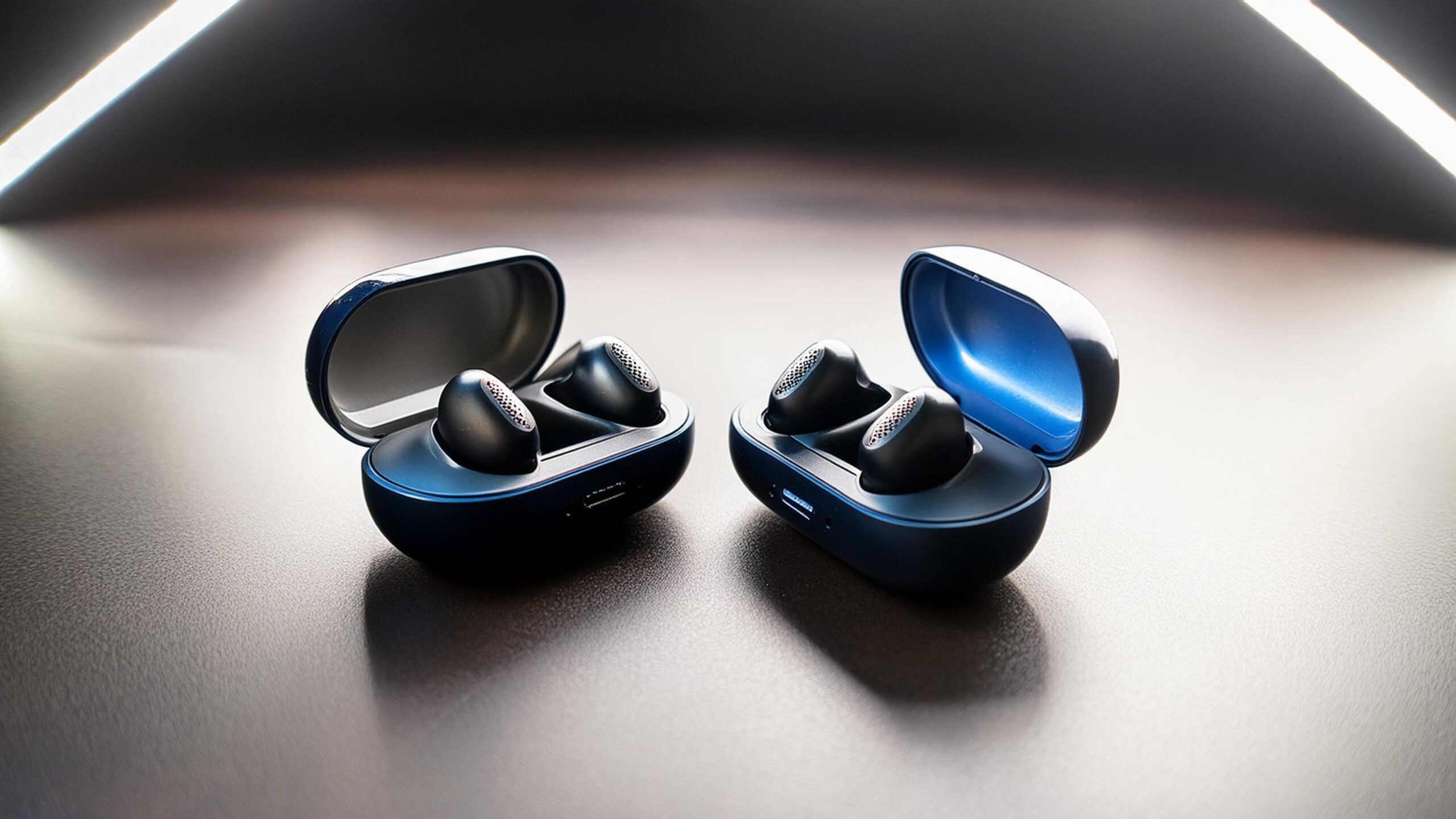
Health and Medical Sector
There’s a lot going on in the health, fitness, and wellness sector right now in terms of hearables. As it turns out, placement in the ear is advantageous for collecting various biometric data:
… the measurement of biometric data such as temperature, heart rate, or oxygen saturation can be monitored through via PPG with significantly higher reliability and better response times through in-ear monitoring than contact devices placed on the wrist or torso. – Wikipedia
But that’s not all, you can probably already imagine that the hearing aid market will really start to sweat in the future. So here are the most important applications of hearables in the health sector.
What can the new generation of hearing aids do?
As just mentioned, earbuds and the like have a good chance of taking over the hearing aid market: Starting with active noise cancelling, which suppresses or reduces background noise. With conventional hearing aids, the louder the volume, the louder the ambient noise.
With active noise canceling, on the other hand, the ambient noise is cleverly reduced. This changes signal to noise ratio, which significantly improves speech intelligibility. In the future, artificial intelligence and speech recognition will be increasingly used to further improve the listening experience. This will also allow it to be better adjusted depending on the situation.
Furthermore, unlike classic hearing aids, hearables allow you to connect to your smartphone or smart TV. This means that the volume can be adjusted directly in the ear, so the loudspeaker system does not have to be turned up loud for hearing impaired people. The user can personalize this for him/herself. The other viewers in front of the telly are not affected.
I remember my grandma struggling with hearing aids. Before she could even fail with the handling that’s not intuitive with seniors: The tiny acoustic hearing apparatus needed even tinier batteries to be replaced like every day. Mission impossible.
Also, a sound treatment for the therapy of Tinnitus is easier with Bluetooth headphones. Thus, a specifically played sound can cover the disturbing beeps and ringing in the ears. The Bose Sleepbuds also encourage wearing headphones while sleeping. Not only for on the road a tempting application. You can hear, for example, the sound of the sea, which prepares our bodies for slumber.
The visual aspect should also not be ignored. Hearables are trendy and fashionable, at least much more so than old-fashioned hearing aids. As a hearing-impaired person, you are no longer branded with a “hearing crutch”. They are even stylish and fully in line with the trend! One of many added values on the subject of inclusion.
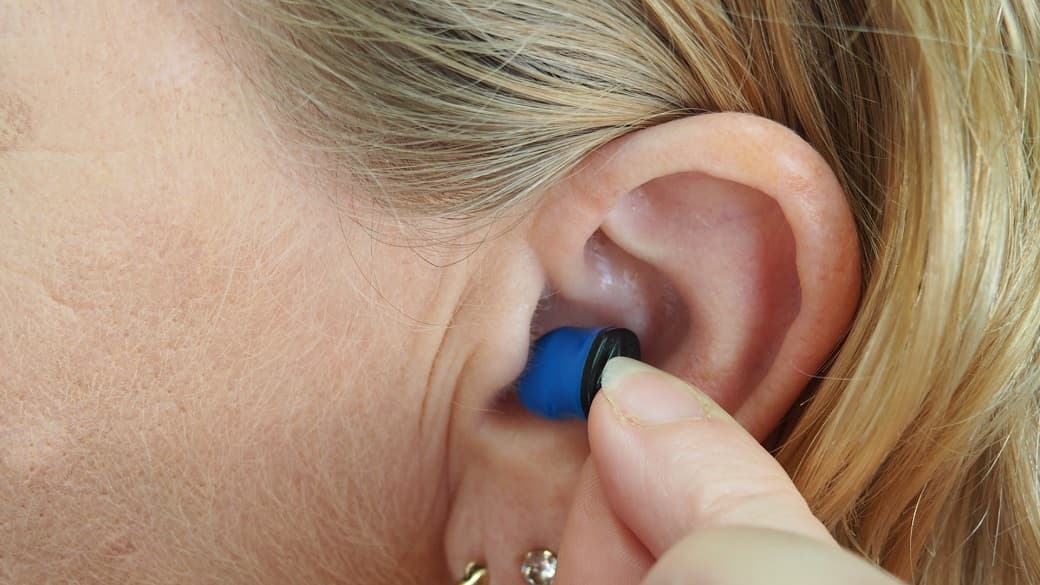
Sound therapy and biometric measurements
Sound therapy will probably play a greater role in the future and is another area of application for hearables. The treatment of tinnitus has already been mentioned, but that’s not all: Apps such as “Headspace” or “Calm” – meditation apps or apps for relaxation and stress reduction – are becoming increasingly popular.
With built-in sensors to monitor biometric processes such as pulse, movement patterns, or calories burned, adaptive sound therapy solutions could be offered in combination with these or similar apps. Imagine the music or sound scene changing depending on how you feel to create the best possible effect. Treatment of anxiety and sleep disorders is also conceivable. You see and hear, there is lots of potentials there.
But who says that sound therapy always has to be relaxing? How about the perfect music playlist for the next workout? Because with the biometric data, you could get exactly the right beat on your ears that your body needs at the moment. Once again, content is king.
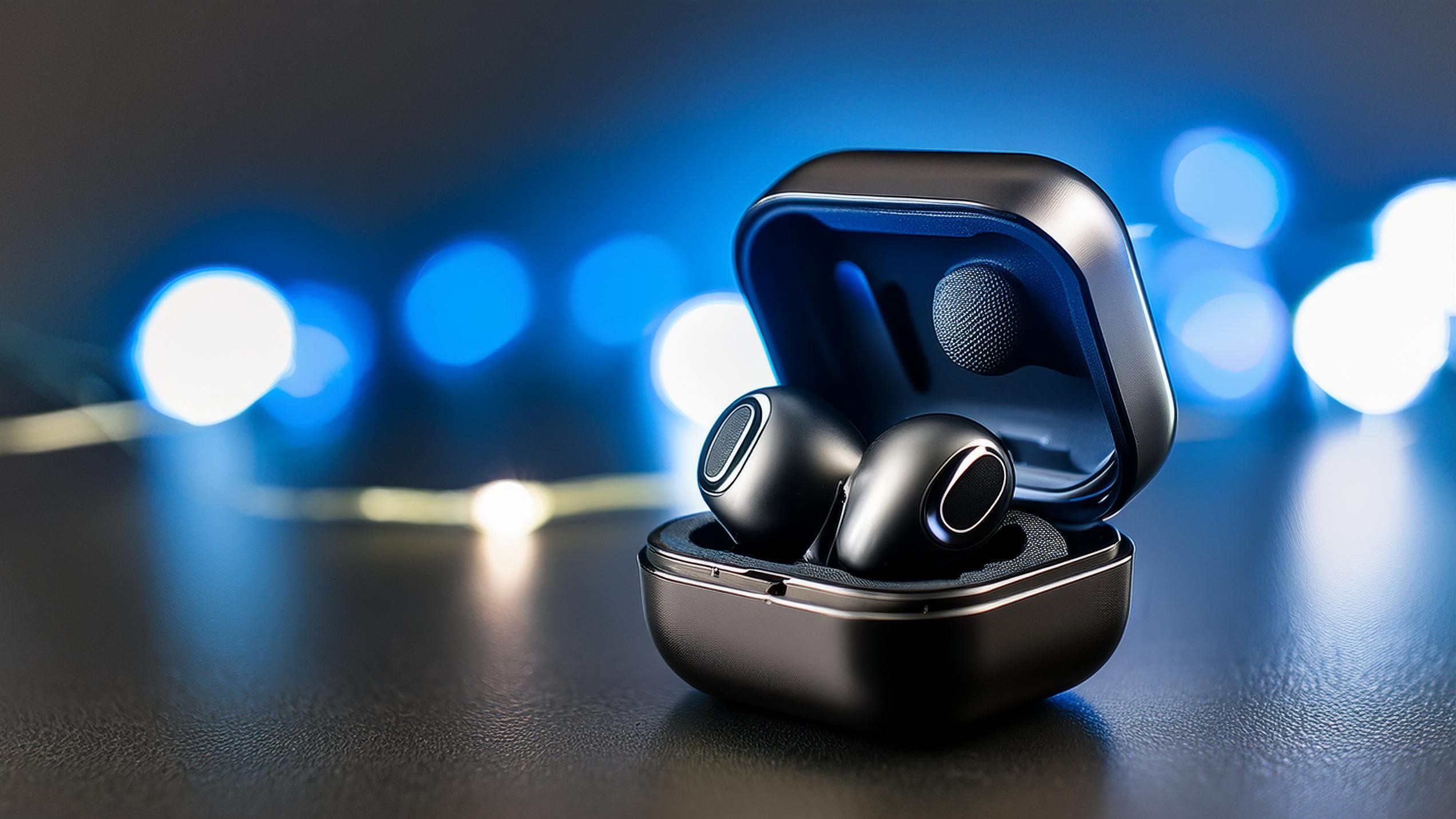
Hardware – what is already on the market?
Not all Hearables are suitable for all the applications mentioned. Of course, where can you find a perfect solution? You can divide these devices into three categories according to their strengths: Earbuds, Assistive Listening Devices, and Hearing Instruments. Here is a brief overview of the differences and available devices.
Earbuds
With Earbuds, the focus is on good sound. You could also say the main field of application is the entertainment sector, to stay in our categories. Often there is the option of active noise cancelling or a transparency mode that only lets essential sounds through, such as the voice. This ensures a high-quality sound experience in pretty much any environment.
The new generations, above all Apple and Samsung, increasingly rely on spatial audio. If you want to look into this further, you’ll find quite a bit in my blog by now: This would be a good place to start, or here whoever wants to look into Apple's Spatial Audio, and you’ll find a critical point of view here.
So well-known representatives would be:
- Apple AirPods Pro
- Samsung Galaxy Buds Pro
- Bose Frames
- Sony WF-1000XM4
Assistive Listening Devices
In addition to qualitative audio enjoyment, these devices also aim to improve hearing. They form the link, so to speak, between entertainment and health-specialized devices. Often these Hearables are equipped with the ability to create an individual audio profile – to compensate for hearing loss. There is basically more focus on personalization options and speech enhancement than with earbuds.
Examples are:
- Nuheara IQbuds MAx
- Brag The Dash Pro
- Hy by Zoku (the processing of the headtracking is done in the device. Unlike the earbuds mentioned above who have to be connected to a smartphone)
Hearing Instruments
As the name suggests, these Hearables are primarily intended as hearing aids. Here, a professional fitting to one’s hearing is ensured. By amplifying certain ambient frequencies, speech enhancement and noise reduction. As well as direction-dependent noise detection, a better hearing experience is made possible for people with hearing loss. These devices also have the longest average battery life among hearables.
Examples are:
- Signia Active
- Starkey Livio Edge AI
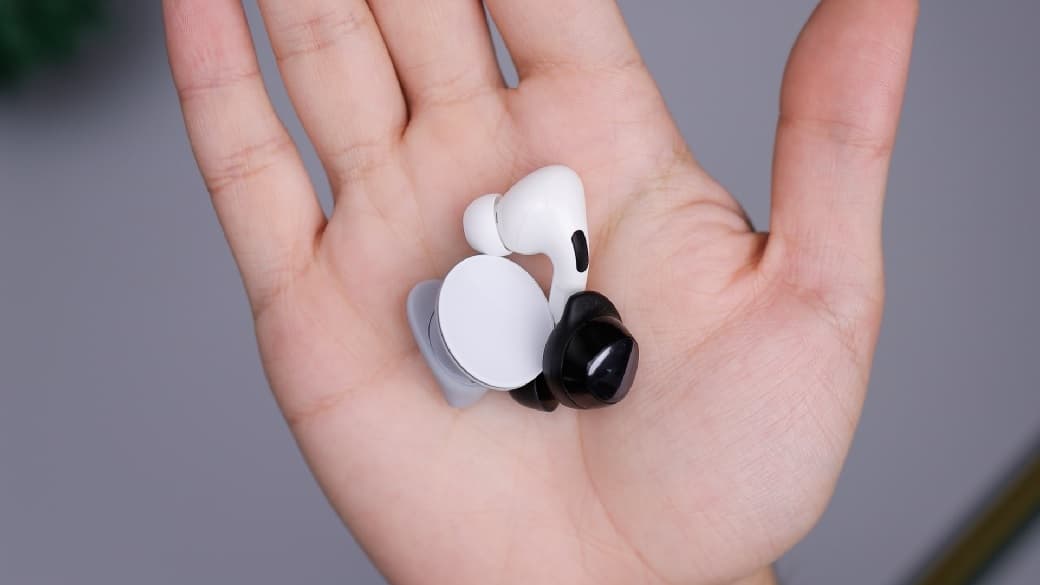
Conclusion
The topic of hearables is really diverse, as you can probably tell from this article. It’s definitely exciting to see what else is in store for this potential. I know 3D audio has been mentioned comparatively little here, but don’t be fooled: Spatial audio already plays a big role in most application areas, such as AR, streaming, or even apps like Headspace. And I’m sure that the possibilities of Spatial Audio in terms of Earbuds and Co. are far from exhausted!
So as you can see, or rather hear, the application precedes the hardware. But in the end, it is the question of what the user actually hears? That brings us back to the topic of audio content. So what is the optimal listening experience, the right device, and appropriate application? I am happy to help you solve these challenges
Get in contact